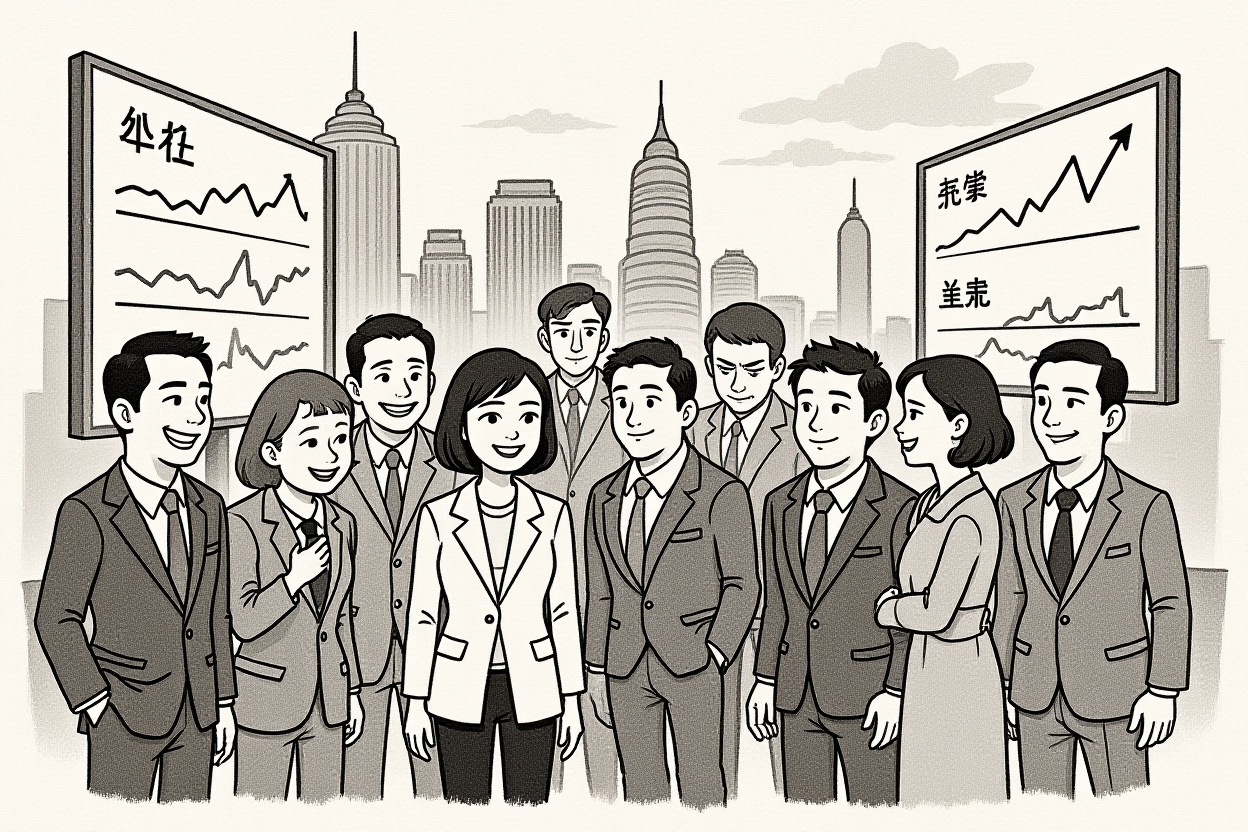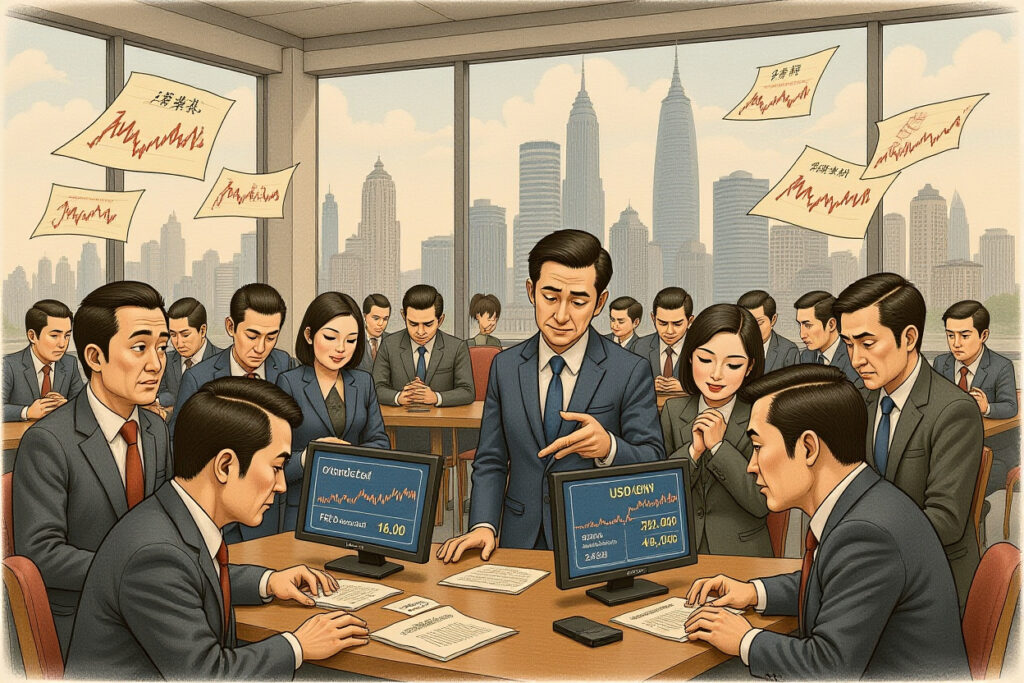Yifeng Pharma’s Market Turbulence and ETF Dynamics
The recent volatility surrounding 药捷安康 (Yifeng Pharma) shares has highlighted critical questions about passive investment mechanisms in China’s healthcare sector. Institutional investors globally are scrutinizing how exchange-traded funds (ETFs) simultaneously provide liquidity and amplify price swings in emerging biopharma stocks. This ETF passive investment impact phenomenon represents both opportunity and risk for sophisticated market participants navigating Chinese equity markets.
Market Context and Recent Performance
Yifeng Pharma’s shares experienced a 47% surge in November followed by a 32% correction in December, creating what analysts term a ‘rollercoaster pattern’ uncommon for clinical-stage pharmaceutical companies. The volatility coincided with significant ETF rebalancing activities that accounted for approximately 18% of average daily volume during both the ascent and decline phases.
ETF Mechanics and Price Amplification
The structural relationship between individual stocks and ETF flows creates unique market dynamics in China’s A-share market. When ETFs experience net inflows, fund managers must purchase underlying constituents regardless of individual company fundamentals—a process market participants call ‘被动抬轿’ (passive chair carrying). Conversely, outflows trigger indiscriminate selling known as ‘被动踩雷’ (passive mine stepping).
Quantifying the ETF Effect
Data from 上海证券交易所 (Shanghai Stock Exchange) reveals that healthcare sector ETFs held approximately 6.2% of Yifeng Pharma’s outstanding shares before the volatility period. During the November rally, ETF purchases accounted for 23% of total buying volume, while December’s decline saw ETF selling represent 31% of total sell-side pressure.
- Healthcare ETF assets under management grew 42% year-to-date through November
- Yifeng Pharma weighting increased from 1.7% to 2.4% in major healthcare ETFs during Q3 rebalancing
- Daily trading volume spikes correlated 0.87 with ETF flow data
Regulatory Environment and Market Structure
中国证券监督管理委员会 (China Securities Regulatory Commission) has been monitoring ETF-related volatility and considering adjustments to fund operation guidelines. The current framework allows ETF managers to use sampling techniques for index replication, but requires full replication for certain sector-specific products—a distinction that affects how efficiently price signals transmit between ETFs and underlying securities.
Policy Implications
Regulators face balancing act between promoting passive investment products and maintaining market stability. Recent statements from 中国证监会 (CSRC) officials indicate potential adjustments to rebalancing frequency requirements and enhanced disclosure for concentrated positions in small-to-mid-cap stocks.
Institutional Investment Strategies
Sophisticated investors are developing specialized approaches to navigate the ETF passive investment impact phenomenon. Quantitative funds have begun modeling ETF flow patterns to anticipate short-term price dislocations, while long-only institutions are adjusting trade execution strategies to minimize market impact during known rebalancing windows.
Risk Management Considerations
Portfolio managers highlight several key factors when assessing stocks with significant ETF ownership:
- ETF ownership concentration as percentage of float
- Correlation between ETF flows and historical volatility
- Rebalancing calendar alignment across major index providers
- Liquidity characteristics during normal vs. stress periods
Sector Outlook and Investment Implications
The biotechnology sector remains particularly susceptible to ETF-driven volatility due to typically smaller market capitalizations and higher growth expectations. However, the same mechanisms that create short-term dislocations may also provide entry opportunities for fundamentally-driven investors who maintain longer time horizons.
Analyst Perspectives
Leading healthcare analysts note that while ETF flows can distort short-term pricing, underlying fundamental value typically reasserts itself over 6-12 month periods. Companies with strong clinical pipelines and credible management teams tend to recover from ETF-induced selling pressure more completely than those with weaker fundamentals.
Strategic Considerations for Market Participants
The Yifeng Pharma case study illustrates both challenges and opportunities created by the growing influence of passive investment vehicles. Institutional investors must now incorporate ETF flow analytics into their investment processes, while corporate management teams should develop investor relations strategies that account for non-fundamental buying and selling pressure.
Forward-looking market participants should monitor several key indicators: ETF ownership concentration trends, regulatory developments affecting fund operations, and innovations in active management techniques designed to capitalize on passive-induced volatility. The ETF passive investment impact will likely remain a significant factor in Chinese equity markets as passive adoption continues growing.
Investors are advised to maintain disciplined fundamental analysis while developing sophisticated understanding of technical market dynamics. Those who successfully navigate this complex environment may identify attractive risk-adjusted returns opportunities that less prepared market participants overlook.




